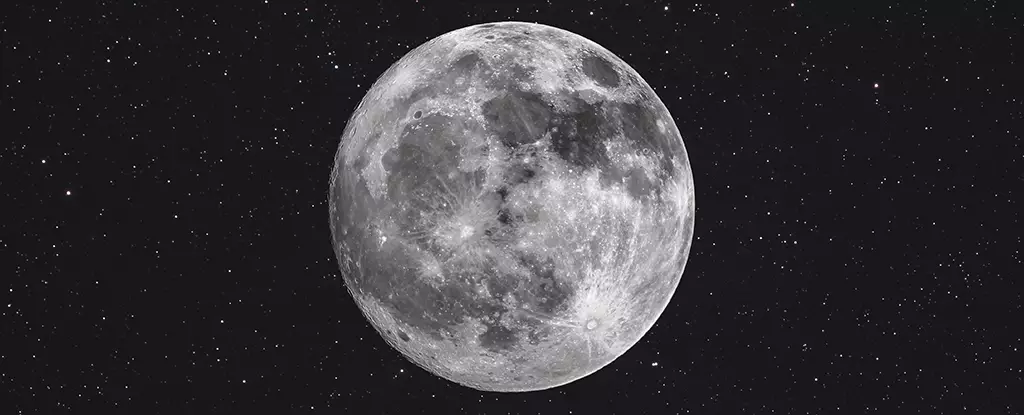The Moon, our beloved natural satellite, may not be as stable as it appears. According to a new study by researchers in the US, the Moon is slowly shrinking in size as it cools down. Although this process occurs at a rate of about 45 meters (more than 150 feet) every few hundred million years, it could have significant implications for future lunar missions. Specifically, the study suggests that the shrinking Moon might be responsible for landslides and quakes near the lunar South Pole, which happens to be a potential landing site for NASA astronauts. Understanding the geology and seismic activity of the Moon is crucial when planning the construction of a lunar space station to ensure its stability and safety.
Moonquakes and Geological Stability
The focus of this study is on a specific geological feature called lobate scarps, which are elongated ridges believed to be a result of tectonic activity. By analyzing recent imagery from the Lunar Reconnaissance Orbiter and seismometer recordings from the Apollo missions, the researchers found a potential correlation between lobate scarps and moonquakes. The analysis revealed that one of the most powerful moonquakes ever recorded, a magnitude 5 quake lasting several hours, could have been triggered by a lobate scarp near the Moon’s South Pole.
Geologist Nicholas Schmerr from the University of Maryland explains that the Moon’s surface consists of dry, loose sediments, resembling gravel and dust. Over billions of years, asteroid and comet impacts have resulted in the ejection of angular fragments from the surface. As a consequence, the reworked surface material is loosely consolidated, making it prone to shaking and landslides. Any disturbance, no matter how small, can trigger significant geological events on the Moon due to the nature of its surface.
Implications for Future Lunar Missions
While scientists still have limited data regarding the frequency and location of moonquakes, studies such as this one provide valuable insights for planning future Moon landings and the establishment of lunar bases. Understanding the potential for seismic activity and landslides is crucial for ensuring the safety of astronauts, equipment, and infrastructure during upcoming space missions. According to planetary scientist Tom Watters from the Smithsonian Institution, the consideration of thrust faults and the distribution of young thrust faults should be integral in the selection of stable locations for permanent outposts on the Moon.
As NASA’s Artemis mission, which aims to send astronauts back to the Moon, approaches its launch date, safety becomes an ever more significant concern. Geologist Nicholas Schmerr emphasizes the importance of protecting astronauts, equipment, and infrastructure during these future missions. The findings of this study and other similar research will assist in ensuring that the crewed Artemis mission operates in the safest possible environment.
The ongoing shrinking of the Moon has potential implications for future lunar missions. The correlation between lobate scarps, moonquakes, and the Moon’s geological stability raises unique challenges. By understanding the dynamics of the lunar surface and recognizing potential geologically unstable zones, scientists and engineers can plan and implement safe and successful missions to our Moon. As humanity aims to explore and establish a permanent presence on the lunar surface, it is paramount to consider the various risks and challenges posed by the Moon’s changing geological landscape.


Leave a Reply